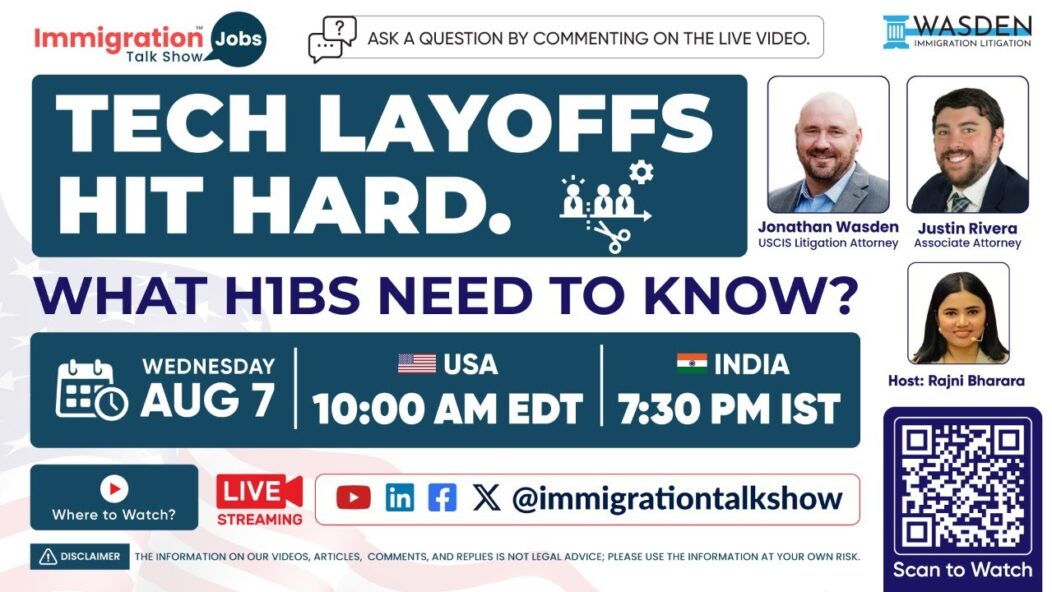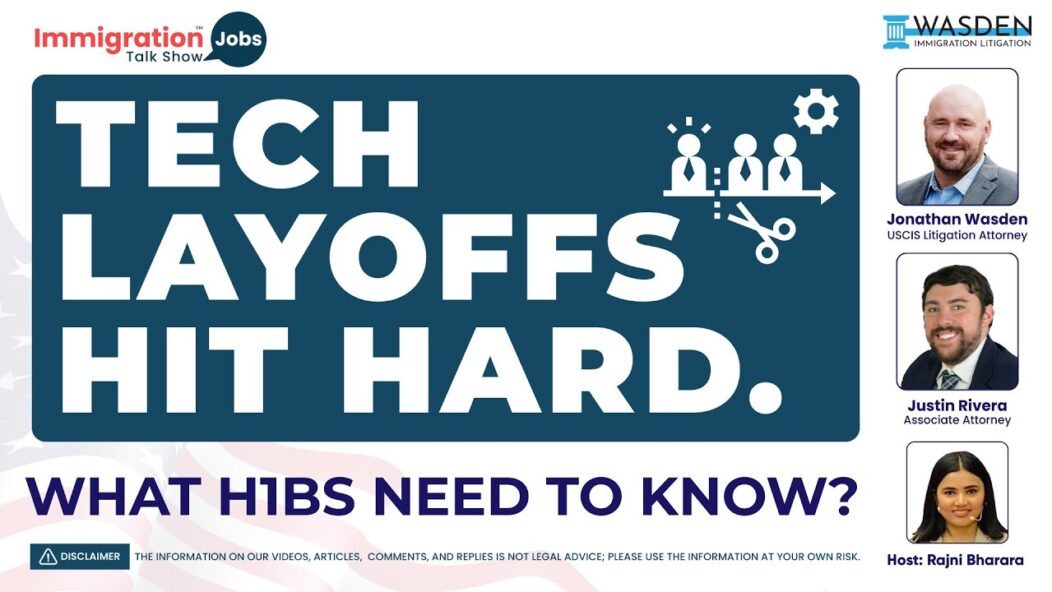As the United States transitions into a new era of immigration enforcement, employers must proactively ensure compliance to avoid legal complications. This guide outlines essential steps for businesses to prepare for anticipated changes in immigration policies and enforcement practices.
Key Takeaways
- Internal I-9 Audits: Regularly review and correct Form I-9s to ensure compliance.
- Worksite Enforcement Preparedness: Develop protocols for responding to government inspections and employee interviews.
- PERM Process Review: Align labor certification practices with standard recruitment methods to prevent discrimination.
Context
The Immigration Reform and Control Act of 1986 introduced Form I-9 to verify employee work authorization. Over the years, enforcement intensity has varied with different administrations. The incoming administration signals a return to stricter enforcement, reminiscent of previous policies that emphasized employer accountability in hiring practices.
Conducting Internal I-9 Audits
Employers are mandated to verify the work eligibility of all employees using Form I-9. Regular audits, ideally every two to three years, help identify and rectify errors, reducing potential liabilities. Engaging legal counsel during audits can provide attorney-client privilege protection.
Regular internal audits of Form I-9 are crucial for compliance and risk mitigation.
Preparing for Worksite Enforcement
With anticipated increases in worksite inspections, employers should develop procedures for interacting with officials from the Department of Justice (DOJ) or Immigration and Customs Enforcement (ICE). Training human resources and reception staff on appropriate responses to enforcement visits is essential.
Establishing clear protocols prepares employers for potential government inspections.
Reviewing PERM Protocols
The Permanent Labor Certification Program (PERM) requires employers to test the labor market before hiring foreign workers. Aligning PERM advertising with regular recruitment methods and maintaining consistent protocols during labor market tests can prevent discriminatory practices and withstand audits.
Ensuring PERM processes align with standard recruitment practices prevents discrimination.
The Role of Immigration Attorneys
Immigration attorneys provide critical guidance in understanding and implementing compliance measures. They assist in conducting internal audits, developing enforcement response strategies, and ensuring that PERM processes adhere to legal standards, thereby safeguarding employers against potential violations.
Legal expertise is vital in navigating complex immigration compliance requirements.
Conclusion
Proactive compliance with immigration laws is essential as enforcement intensifies. By conducting regular I-9 audits, preparing for worksite inspections, reviewing PERM protocols, and consulting with immigration attorneys, employers can navigate the evolving landscape effectively.
Frequently Asked Questions
What is Form I-9, and why is it important?
Form I-9 verifies an employee’s identity and authorization to work in the U.S. Proper completion and maintenance are legally required for all employers.
How often should employers conduct internal I-9 audits?
It’s recommended to perform internal I-9 audits every two to three years to ensure ongoing compliance.
What should employers do if they discover errors during an I-9 audit?
Identify and correct errors promptly. Consulting with legal counsel can provide guidance on proper correction procedures.
How can employers prepare for potential worksite enforcement actions?
Develop clear protocols for responding to government visits, train relevant staff, and establish a process for handling information requests.
What is the PERM process, and why is it significant?
PERM is the process for obtaining labor certification for foreign workers. Ensuring it aligns with standard recruitment practices helps prevent discrimination and legal issues.
Why is consulting with an immigration attorney advisable?
Immigration attorneys offer expertise in compliance, assist in audits, and help develop strategies to navigate complex immigration laws, reducing the risk of violations.
Authors: Jonathan Wasden & Justin Rivera, Immigration Attorneys
How useful was this post?
Click on a star to rate it!









